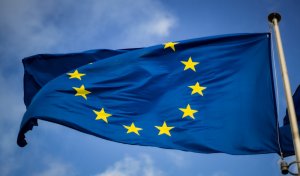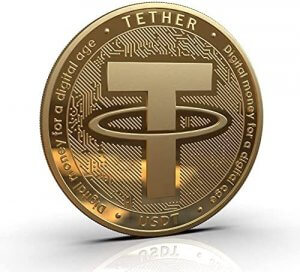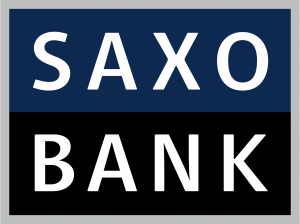EU regulators debate greenwashing and its risks, final report next year
Regulators noted that the sustainable finance regulatory framework is not yet fully developed or is still at an early stage of implementation, which suggests that benefits of some rules are not fully visible yet.

The European Supervisory Authorities (EBA, EIOPA, and ESMA) have put forward a common high-level understanding of greenwashing applicable to market participants across their respective remits – financial markets, banking, insurance, and pensions.
The reports came as an initial response to the request for input related to greenwashing risks and the supervision of sustainable finance policies sent by the European Commission to the three ESAs.
Given the integrated nature of the financial system, the ESAs will be working in a coordinated manner to address greenwashing. The Final Reports will be published in May 2024 and will consider final recommendations, including possible changes to the EU regulatory framework.
EU regulators and national authorities working together for investor protection and market integrity
The EU regulators’ understanding of greenwashing builds on valuable input gathered from stakeholders as part of the joint Call for Evidence on Greenwashing launched in November 2022. They define greenwashing as a practice where sustainability-related statements, declarations, actions, or communications do not clearly and fairly reflect the underlying sustainability profile of an entity, a financial product, or financial services.
Greenwashing may be misleading to consumers, investors, or other market participants, the three supervisory authorities stated, while also highlighting that sustainability-related misleading claims can occur and spread either intentionally or unintentionally and in relation to entities and products that are either under or outside the remit of the EU regulatory framework.
According to the reports, the National Competent Authorities (NCAs) and the ESAs are working to meet expectations from stakeholders to ensure consumer and investor protection and market integrity and maintain a trusted environment for sustainable finance.
Greenwashing phenomenon spreading across all sectors
The outcome of the quantitative analysis of the greenwashing phenomenon shows a clear increase in the total number of potential cases of greenwashing across all sectors, including for EU banks. It also indicates rising climate accountability: increased public attention to climate change has led companies being held more accountable for their environmental policies, climate impact and disclosures.
Pledges about future ESG performance are considered to be the most prone to greenwashing, followed by ESG strategy and objectives of entities, as well as ESG labels and certificates.
Both competent authorities and market participants estimate that greenwashing has the highest impact on reputational and operational (litigation) risks. The materiality of greenwashing is currently perceived to be low or medium for banks, and medium or high for investment firms, but is expected to increase in the future.
The EBA finds that several elements in the current or planned regulation and supervision may contribute to tackling greenwashing. These include the rules that prohibit unfair communication and marketing, several pieces of the EU sustainable finance framework, such as the EU taxonomy and ESG disclosures, and a set of provisions in EBA Guidelines.
The regulator, however, noted that the sustainable finance regulatory framework is not yet fully developed or is still at an early stage of implementation, which suggests that benefits of some rules are not fully visible yet.









